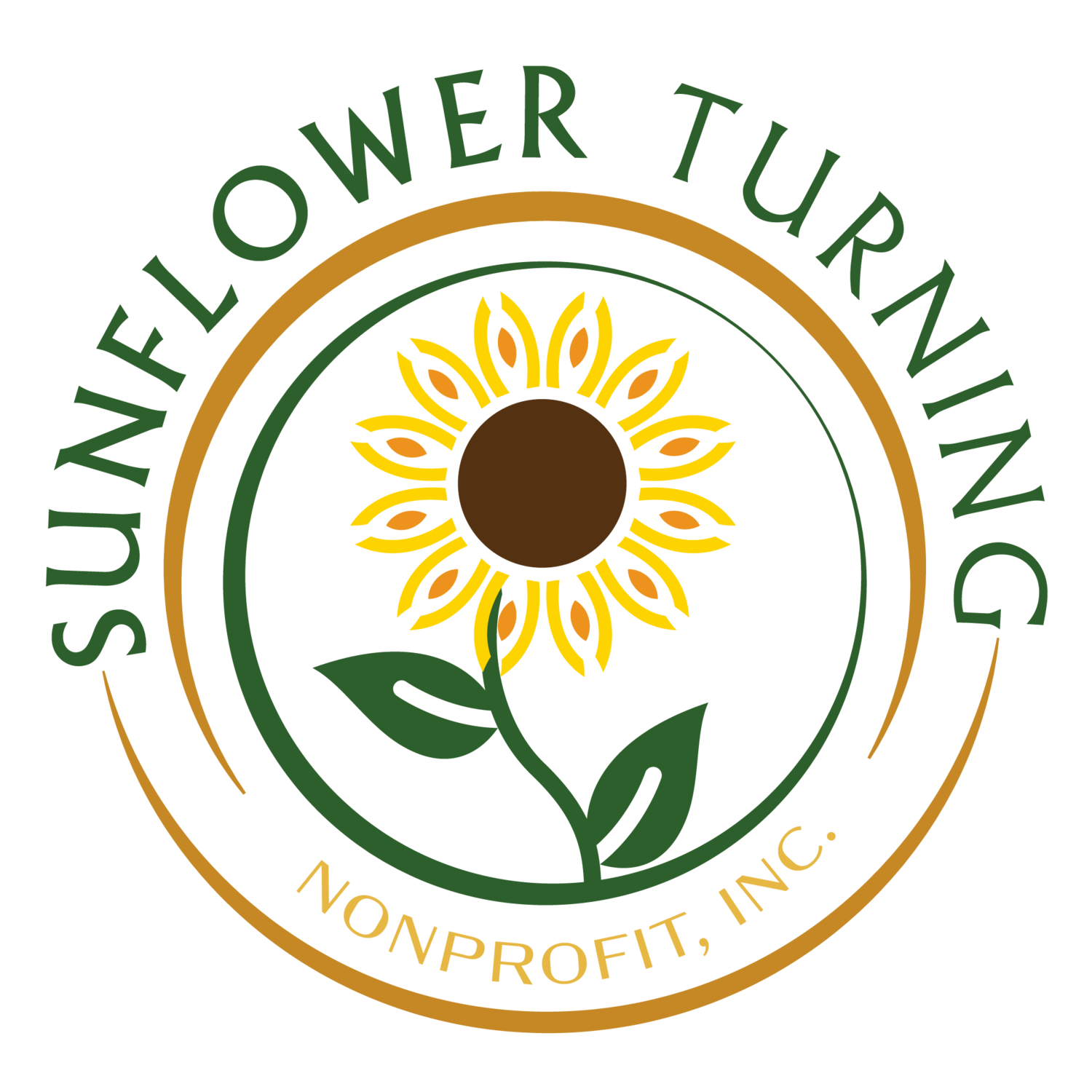Spring Questions - To Seed or Not to Seed?
As spring approaches each year, some of us face the dilemmas of — should I plant my own seeds? How and when?
Of course, there is the option to buy your plants after someone else started them from seeds, but that isn’t always an economical option. To be honest, there’s a certain satisfaction in getting a great vegetable from something you planted as a seed. So, let’s start with that idea – we’re growing vegetables this year from seeds.
Planting from seeds can be started in the ground or indoors in pots. If we’re in a climate that experiences a cold winter (such as close to or below freezing), we might want to start the seeds indoors to get a head-start, particularly if the growing season is short. Although we can buy starter kits (like this one, for example), we can also start our seeds in a cardboard egg container, the kind our eggs come in from the grocery market.
Let’s say we’re getting ready to plant in our local Sunflower Turning community garden:
For this project we will need soil, seeds (we can gather seeds ourselves from produce we have at home or buy a packet), scissors, a waterproof plate or baking tray or something to put our egg cartoon in, and the cardboard egg carton.
If we’re going to add nutrients, like used coffee grounds to our soil, we should mix those together first in a bowl or bucket.
Egg Carton Gets a Second Life!
Our egg carton can become a seed tray as-is and we can cut each cup apart when we are ready to plant the seedlings, or we can cut it into individual cups to start. Either way is fine. However, cutting the cups now reduces the chances we will have tangled or damaged roots later when we cut the carton apart with the seedlings in it. We’re going to do this project with pre-cut cups.
2. Add Soil to Each Cup.
Plan ahead and determine the recommended depth the seeds need to start. If we are using seeds from a packet, that information should be on the packet. We will want to put enough soil in the seed cups initially so that after we place the seeds in the soil and cover them with more soil the seeds will be under the right amount of soil.
Soil should be added to the bottom of the cups.
3. Add Seeds
Remember that not all seeds will grow so we might want to add more than one to each cup. For bigger seeds (like for pumpkins) we may only want to add one or two to each cup.
4. Cover Seeds with Soil as Recommended
Then we’ll fill the cup with the right amount of soil to properly cover our seeds. If you are not sure at what depth to plant your seed, just look it up online or contact us.
5. Place Cups In Waterproof Tray
The carton (or cut cups) gets placed onto the waterproof plate or tray. We have so many options for a waterproof tray, how many plastic containers no longer have their lids or the lids no longer have their bases? People toss away their plastic restaurant take-away containers all the time – use one of those! That’s what we’ve done – we used a lid.
6. Water, Sunlight, Time
Finally, we water the seeds and set them somewhere with sunlight; perhaps a warm windowsill away from pets.
Let us know how it goes for you!




